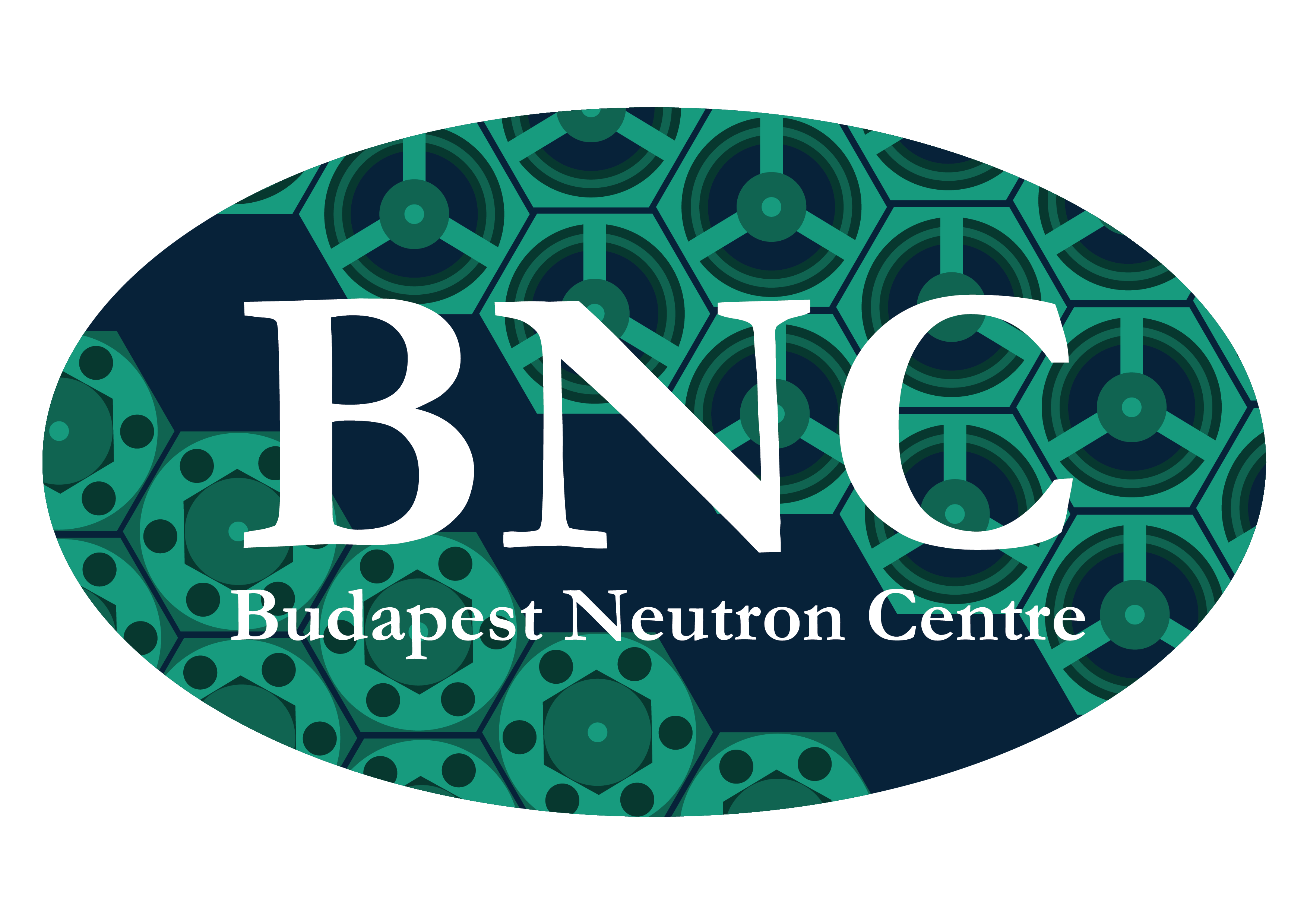BNC webinar on the two-step gamma cascade method
 |
BNC seminar on "Spectroscopic data and nuclear structure studies using (nth,2γ) reaction and |
*Those who are interested from outside the KFKI Campus, please call Tóth Zita, +36 1 392 2222, Ext. 1415 for an entrance permit.
David Knežević♣: Spectroscopic data and nuclear structure studies using (nth,2γ) reaction and two-step gamma cascade method
Accurate values for gamma ray transitions, level scheme, nuclear level density and radiative strength function are important in a wide array of applications, including astrophysical reactions, production of medical isotopes, rare isotope beams and reactor technology. One of the most suitable techniques for determination of these parameters is the two-step gamma-ray method based on the measurements of the two-step gamma-ray coincidences following thermal neutron capture. This technique can be used to search for new energy levels and gamma transitions, to place already known gamma transitions in the level scheme, constrain spin values of levels, as well as to determine nuclear level density and radiative strength function.
This technique was most recently succesfully applied to 94Nb and 56Mn in experiments conducted at the PGAA facility of Budapest Neutron Centre (BNC) of the Centre for Energy Research (EK), Budapest, Hungary and Technische Universität München, Forschungsneutronenquelle Heinz Maier-Leibnitz (FRM II), Garching, Germany, respectively. These two experiments combined had, among other results, over 50 new recommendations for energy levels and over 250 new recommendations for gamma transitions. These results proved that this technique can provide new, accurate data about level scheme and nuclear structure. Among future plans for usage of this technique is a proposed experiment at research reactor in Garching, Germany in order to investigate 108Ag and 110Ag nuclei, as well as publishing spectroscopic data from the experiment on 104Rh, that was conducted at BNC.
♣ Institute of Physics Belgrade, Pregrevica 118, 11080 Zemun, Serbia and Department of Physics and
Faculty of Sciences, University of Novi Sad, Trg Dositeja Obradovica 3, Novi Sad, Serbia
